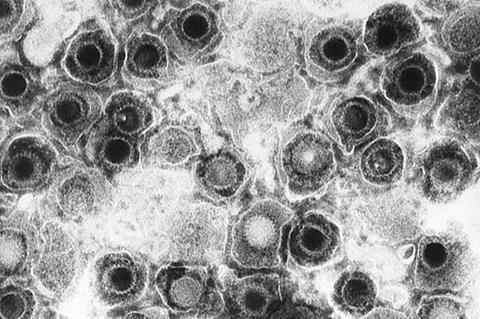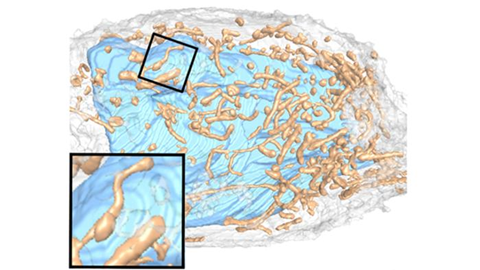Researchers at the University of Jyväskylä have found that herpesvirus infection modifies the structure and normal function of the mitochondria in the host cell. The new information will help to understand the interaction between herpesvirus and host cells. Knowledge can be utilized in the development of viral treatments.

Herpesviruses not only cause significant diseases but are also promising candidates for oncolytic therapy. The HSV-1 infection depends on the nuclear DNA replication, transcription machinery, and mitochondrial metabolism of the host cell. In the Department of Biological and Environmental Science of the University of Jyväskylä, docent Maija Vihinen-Ranta, with her research team, investigated time-dependent mitochondrial changes as HSV-1 infection proceeds from early to late infection.
The herpesvirus and the host cell
Recent research shows that the infection leads to significant transcriptional modification of genes encoding proteins involved in the mitochondrial network, such as the respiratory chain, apoptosis, and the structural organization of mitochondria.
Findings indicate that the infection leads to significant alterations in mitochondrial structure and function, including changes in mitochondrial morphology and distribution, thickening and shortening of cristae, an increase in the number and area of contact sites between mitochondria and the endoplasmic reticulum, as well as a rise in mitochondrial calcium ion content and proton leak.

”Our results show how the progression of infection shifts the balance from healthy to diseased cells and leads to profound perturbations in mitochondrial homeostasis. This can yield further knowledge about the interaction between herpesvirus and host cells,” says docent Maija Vihinen-Ranta from the University of Jyväskylä, adding that this knowledge can be utilized in the development of viral treatments.







No comments yet